Enter a surname, town name or other keyword to search the database. Remember to
allow for the different spellings of 'Mc' and 'Mac.' Good luck!
{Search tips: Use single word search terms for more results}
You must enter some valid character(s) into the search field
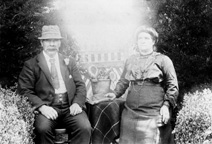
Reference: 877
Copy for Mrs Robertson, Old ...
|
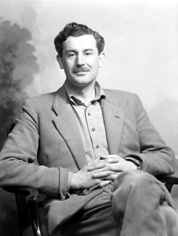
Reference: 40813b
Lord Lovat. Brigadier Simon Ch...
|
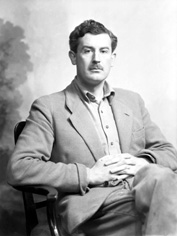
Reference: 40813a
Lord Lovat. Brigadier Simon Ch...
|
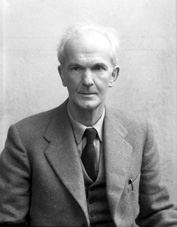
Reference: 45732a
Neil M. Gunn c1960. Neil Mille...
|
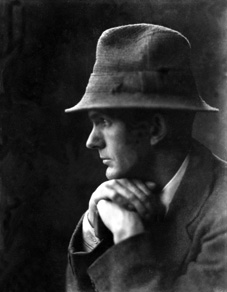
Reference: 25909a
Neil M. Gunn in June 1927. Nei...
|
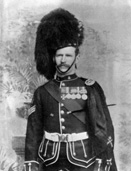
Reference: H-0203
Lt.Col Donald Dickson Farmer (...
|
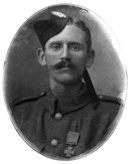
Reference: 27563b
Private Ross Tollerton, Ist Ba...
|
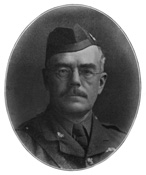
Reference: 27563a
Major Angus Falconer Douglas-H...
|
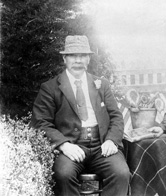
Reference: 838
Copy for Mrs Robertson, Old Ed...
|
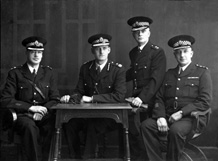
Reference: 39270.5
Mrs Johnston, Bridge Street, I...
|
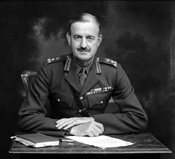
Reference: 46461f
Brigadier (later General) Sir ...
|
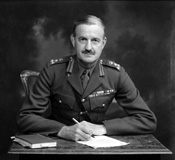
Reference: 46461e
Brigadier (later General) Sir ...
|